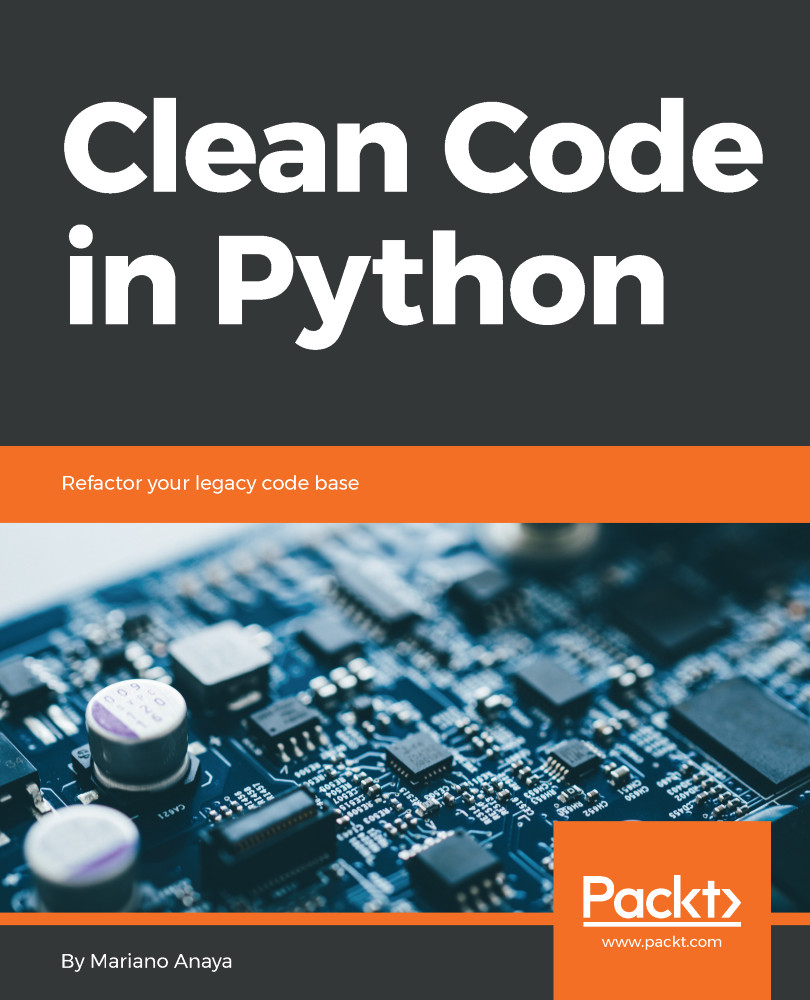There are entire books dedicated only to TDD, so it would not be realistic to try and cover this topic comprehensively in this book. However, it's such an important topic that it has to be mentioned.
The idea behind TDD is that tests should be written before production code in a way that the production code is only written to respond to tests that are failing due to that missing implementation of the functionality.
There are multiple reasons why we would like to write the tests first and then the code. From a pragmatic point of view, we would be covering our production code quite accurately. Since all of the production code was written to respond to a unit test, it would be highly unlikely that there are tests missing for functionality (that doesn't mean that there is 100% of coverage of course, but at least all main functions...


